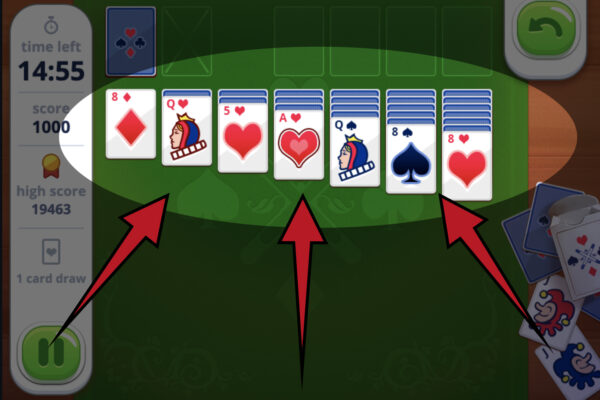Solitaire games were invented by French aristocrats while they were imprisoned in the Bastille, or at least some versions of the game’s origins claim that it dates back to the early 17th century, during the reign of King Louis. The XIV occupied a fortress used to imprison unrelated nobles. Believe it or not, this origin legend underscores both the era and the nature of this game, a simple pastime that you can play anywhere and spend hours in solitude.
As such, it boasts a timeless popularity and longevity. However, it wasn’t until late 2019 that the odds of winning the card version of the game were finally determined. This Solitaire problem has been studied for decades by amateurs and mathematicians and solved by using a computer, his program, to perform complex and tedious calculations. Let we get into the blog to gather plenty of info.
The Brainteaser 1: The Card Game
Peg Solitaire is played on a board that, in its most common form, has 33 holes in the shape of a cross, with the central hole staying unfilled and the other holes filled with pins or pegs. Only one peg should remain in the central position in order to do this. To accomplish this, the player must remove each peg one at a time by leaping them over one another, either horizontally or vertically, to take up a vacant space.
The card game, ultimately called solitaire, probably originated in the Baltics in the late 18th century as a form of fortune telling. This hypothesis is supported by the boom in card reading at the time and the fact that in Scandinavia the game was called kabale, a term related to Jewish kabbalah.
From there it spread rapidly across Europe, as evidenced by the first mention of the term in the Oxford English Dictionary in 1801.His first known work on patience (a compilation of games) is said to have been published in Russia in 1826, and further works were to follow in Germany and France. The game was so popular that Charles Dickens introduced one of his works on the game of Solitaire, known as Patience in England as early as his Great Expectations (1864).
The Brainteaser 2:
Find the missing card by trying to identify it. Mathematicians were interested in patience almost as soon as it gained popularity, and with the help of the more recent field of game theory, they tried to figure out things like what the chances of winning a game were like Texas Holdem poker game. Since then, they have been unable to complete this computation, which has caused it to rank among the trickiest mathematical puzzles.
The Brainteaser 3:
In the mathematics game of Danish Solitaire, cards with values between 1 and 10 must be arranged as follows: The premise is that the sum of each rhombus’ four cards and the four cards in the middle row equals 20, 21, 22, 23, and 24. How can you arrange them so that the sums are 20 and 22?
The Microsoft Program that is utilized most of the times
At the end of the 20th century, solitaire experienced a new and unexpected surge of popularity with the advent of personal computers. This is largely due to Microsoft. Microsoft has decided to integrate the game, especially his version known as Klondike, into the Windows 3.0 operating system, claiming it to be a comfortable and intuitive way for new users to familiarize themselves with the mouse and graphical interface. Decided.
Since then, not only has Solitaire carried over into all subsequent Windows versions, but Microsoft has also introduced a new version of the game. According to the tech giant, Solitaire is the most-used game of all programs, surpassing Word and Excel, so this is definitely a safe option.
Wrapping Up
The game of patience has several advantages for the body and mind in addition to being a good way to pass the time. Playing patience can help you think more clearly, concentrate better, and have more patience. The game can nevertheless be a significant challenge despite being quite simple. The key to winning is to understand the rules and take your time.







Leave a Reply
You must be logged in to post a comment.